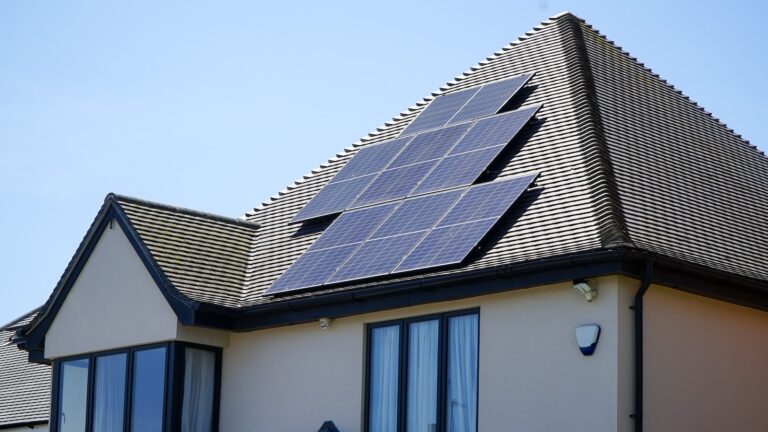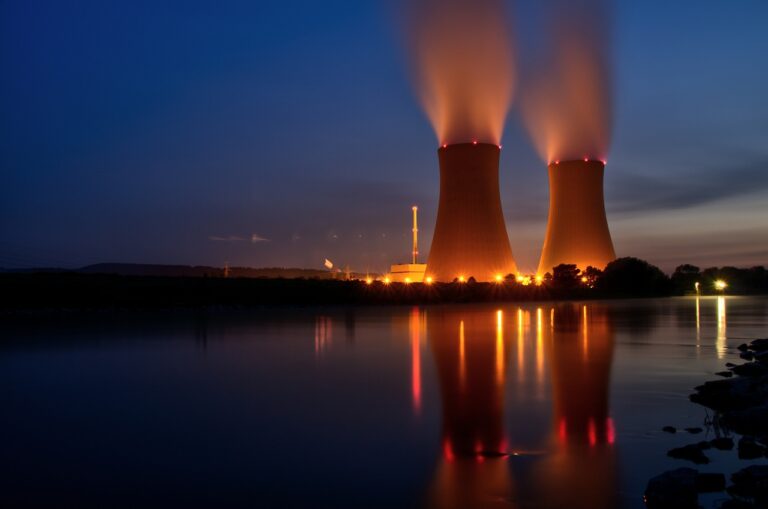Top 20 Countries Accelerating the Global Energy Transition
As the world grapples with the effects of climate change, many nations are making aggressive strides toward the energy transition—moving from fossil fuels to cleaner, renewable energy sources. With goals like achieving net-zero emissions and reducing dependence on nonrenewable energy, these countries are reshaping the global energy landscape. Here’s a closer look at 20 nations that are leading the charge in the energy transition based on their renewable energy generation per 100,000 people.
20. Japan – 84.31 MW per 100,000 people
In the wake of the 2011 Fukushima disaster, Japan has ramped up its efforts to promote renewable energy. Renewables now account for over 20% of the country’s total electricity generation, with a target of reaching 36-38% by 2030. Despite being criticized for its investments in LNG projects, Japan is making significant strides in decarbonizing its energy sector, with renewable biofuels and hydrogen energy emerging as key components of its strategy.
19. Italy – 86.99 MW per 100,000 people
Italy is making headway in the energy transition with plans to phase out coal-fired power plants by 2025. The country aims to replace fossil fuels with gas-fired and renewable energy sources. Despite some setbacks, including ambitions to become a gas hub in the Mediterranean, Italy is on track to achieve its National Energy Climate Plan targets by adding 5GW of renewable energy annually.
18. Switzerland – 95.84 MW per 100,000 people
Switzerland is well-known for its reliance on hydropower, which provides about 60% of its electricity. The country has recently expanded its solar power capacity and is working toward a broader mix of renewable energy sources. Switzerland’s consistent growth in renewables ensures that it stays on course to meet its climate and energy goals.
17. United States – 97.74 MW per 100,000 people
The U.S. is one of the largest clean energy markets, with significant investments in solar, wind, and energy storage. While fossil fuels still play a dominant role in the energy mix, the clean energy sector has seen a 60% growth in investment over the past decade. Wind energy, in particular, is a driving force, with over 133GW of capacity nationwide.
16. Belgium – 100.92 MW per 100,000 people
Belgium has ramped up efforts to achieve energy independence and reduce reliance on fossil fuels, particularly in the wake of geopolitical conflicts. With strong investments in wind and solar energy, Belgium is collaborating with neighboring countries to build renewable energy corridors and share resources.
15. Portugal – 116.75 MW per 100,000 people
Portugal has advanced its renewable energy goals, aiming to achieve 80% renewable electricity generation by 2026, four years ahead of schedule. The country is increasingly integrating wind, solar, and green hydrogen into its energy mix, positioning itself as a European leader in clean energy innovation.
14. Greece – 122.09 MW per 100,000 people
Greece is transitioning away from coal and has committed over €5 billion to support those affected by this shift. Solar power leads the country’s renewable efforts, with 72,500 installations across the nation. Wind power also plays a significant role, contributing to Greece’s energy independence goals.
13. Spain – 130.44 MW per 100,000 people
Spain is a global leader in wind and solar energy, with renewables accounting for more than 50% of the country’s electricity generation. Government support and corporate initiatives have positioned Spain as a clean energy powerhouse, with over 24% of its electricity now coming from wind.
12. Germany – 161.09 MW per 100,000 people
Germany’s energy transition, known as Energiewende, has become a model for other countries. With over 130GW of renewable energy capacity—largely solar and wind—the country aims to produce 80% of its electricity from renewables by 2030. Germany’s strong renewable energy policies ensure it remains a top global player in clean energy.
11. The Netherlands – 171.93 MW per 100,000 people
With record growth in solar and wind energy, the Netherlands now generates more than half of its electricity from renewable sources. The country’s solar power capacity has skyrocketed thanks to extensive residential installations, and offshore wind farms contribute significantly to its clean energy goals.
10. Sweden – 185.22 MW per 100,000 people
Sweden is often hailed for its progressive environmental policies, and its energy transition is no different. The country primarily relies on hydropower and bioenergy, with wind energy playing an increasingly important role. Sweden aims to reach 100% renewable electricity by 2040.
9. Denmark – 190.55 MW per 100,000 people
Denmark is a global leader in wind energy, with wind turbines generating over 40% of the country’s electricity. It is also committed to becoming carbon-neutral by 2050 and continues to expand its wind and solar energy projects to achieve this goal.
8. Norway – 200.14 MW per 100,000 people
Norway is nearly 100% powered by renewable energy, primarily hydropower. The country’s abundance of natural resources has enabled it to maintain one of the cleanest energy grids in the world. Norway is now focusing on exporting its expertise in renewable technologies to other countries.
7. Finland – 215.77 MW per 100,000 people
Finland’s energy transition is driven by its commitment to phasing out coal and increasing the use of bioenergy and wind power. The country aims to be carbon-neutral by 2035 and is making significant investments in renewable energy technologies to meet this target.
6. Iceland – 230.65 MW per 100,000 people
Iceland is a global leader in geothermal energy, which provides nearly 90% of the country’s heating needs. In addition to geothermal power, Iceland relies heavily on hydropower, making it one of the few nations with a virtually carbon-free energy system.
5. Canada – 245.44 MW per 100,000 people
Canada’s vast natural resources make it a leader in hydropower, with wind and solar energy also growing rapidly. The country is investing heavily in clean energy technologies and has set ambitious targets to reduce greenhouse gas emissions by 40-45% by 2030.
4. Australia – 261.33 MW per 100,000 people
Australia is experiencing rapid growth in renewable energy, particularly solar power. The country’s sunny climate makes it ideal for large-scale solar projects, and Australia is now one of the world’s leading producers of solar energy.
3. United Kingdom – 275.12 MW per 100,000 people
The UK is a leader in offshore wind energy, with wind farms like Hornsea One and Dogger Bank setting global records for capacity. The UK government has committed to achieving net-zero emissions by 2050, and renewable energy now accounts for over 40% of the country’s electricity generation.
2. China – 290.88 MW per 100,000 people
China is the world’s largest producer of renewable energy, with significant investments in wind, solar, and hydropower. While still heavily reliant on coal, China’s clean energy capacity is rapidly expanding, and the country is aiming to achieve carbon neutrality by 2060.
1. New Zealand – 310.45 MW per 100,000 people
New Zealand’s energy system is predominantly powered by renewable sources, particularly hydropower and geothermal energy. The country aims to generate 100% of its electricity from renewables by 2035 and is working to reduce emissions across other sectors like agriculture and transportation.
These countries exemplify the global shift toward renewable energy, each playing a crucial role in addressing climate change and paving the way for a cleaner, more sustainable future. As clean energy technologies continue to evolve, it is likely that even more nations will rise to the challenge and join the ranks of these energy transition leaders.






